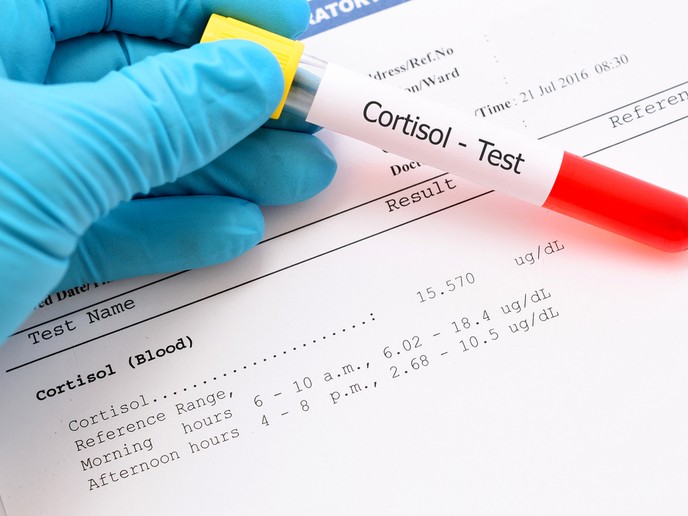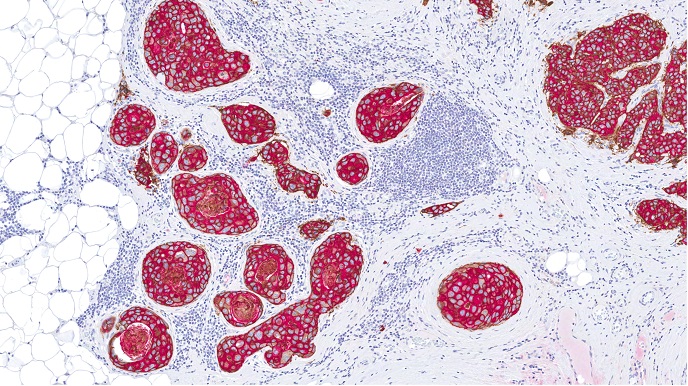New wearable sensing architecture monitors biomarkers in sweat
New solutions are urgently needed to address spiralling healthcare costs as the proportion of elderly citizens in Europe continues to grow. Developments in information technology such as the Internet of Things have created scope for the development of new non-invasive sensors that can monitor vital signs and biomarkers over an extended period of time. This information can then be transmitted to a smart phone or smart watch. A specific example is the monitoring of cortisol via a wearable sweat sensor for the diagnoses and efficient treatment of mental health problems like depression. These conditions are linked to cortisol concentration, which could be measured non-invasively in sweat. Unfortunately, this is not currently possible and must be conducted in research labs where no trends can be monitored, which are essential for accurate diagnosis and treatment.
The answer lies in your sweat
The Robust OTFT sensors project answered this challenge by developing a new highly stable wearable sensing architecture, based on semiconducting polymers that can be used for the selective detection of biomarkers such as cortisol from sweat. “Since concentrations in sweat are low and monitoring must be done over the course of days, the sensors are required to operate for extended periods in aqueous environments and be selective to only a specific biomarker or disease agent. Both aspects are currently a challenge to obtain,” says Marie Skłodowska-Curie fellow Mark Nikolka. Semiconducting polymers offer a range of attractive features such as low-cost, easy-processing, tuneability, elasticity and biocompatibility, making them ideal materials for on-skin wearable biosensors. “These are becoming powerful tools for the real-time detection and monitoring of biomarkers or disease agents in sweat, offering hitherto unmatched opportunities in personalised healthcare and monitoring,” Nikolka explains.
Multiple uses and new opportunities
Researchers developed a new sensing architecture that can be made selective to specific analytes through known surface modifications. The sensor, based on a transistor with a double gate, responds selectively to the binding of a charged analyte. “It is agnostic to many other changes such as the conductivity or pH of the analyte solution,” comments Nikolka. “At the same time the sensor design is highly stable and does not degrade even when operated for several days.” An ionic-dielectric layer is used to amplify the charge from the biomarkers by several orders, making it highly sensitive. The developed design also integrates a new “‘ionic amplifier’, which can reliably detect sub millivolt signals; this technology is also of interest for new electrodes used for ECG. Nikolka states: “We hope that this new flexible and stretchable sensor will open the door towards new on-skin health monitoring applications in the future.” Robust OTFT sensors has the potential to have a significant impact on the development of real-world personalised medical applications like the monitoring of psychological health or the quick and cheap screening for cancer biomarkers. “The project will enable new opportunities in personalised medicine, help to improve treatments and reduce health care cost by minimising visits to the doctor or laboratory sampling,” concludes Nikolka.
Keywords
Robust OTFT sensors, sweat, biomarker, wearable, cortisol, polymer, personalised medicine







